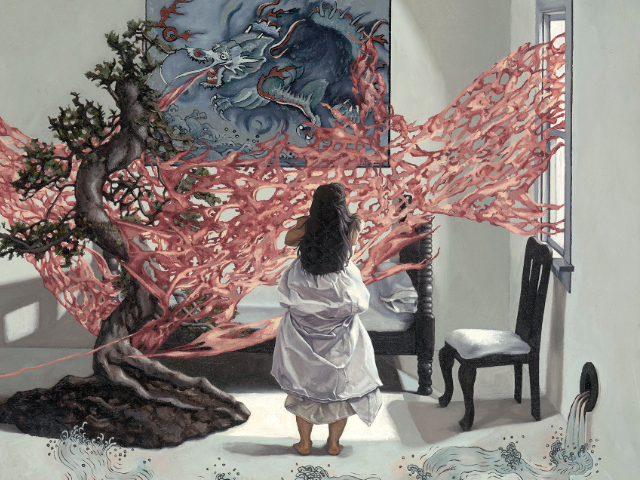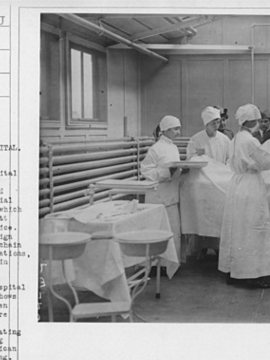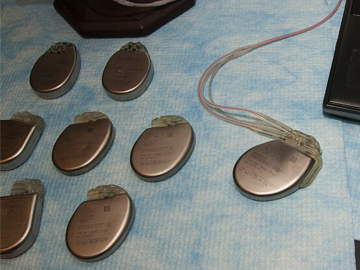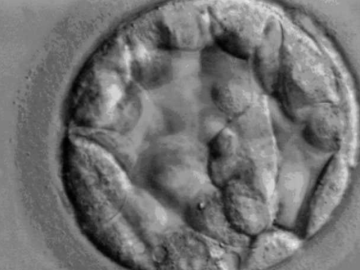Editor's letter
Jessica White
Science can illuminate the shot of dopamine in a brain’s pathway; the delicate interconnections of the nervous system; the ways eyes and ears process sound and light; the role of the gut in immunity. Writing alchemises these marvels, using science as metaphor, inspiration and reflection. In this issue on Disability and the Body, our writers explore bodies that are cyborgs, bodies that wrestle with the 21st century’s competing demands, with cancer or particle accelerators, bodies that share relationships with tubes or beds, bodies that are forced to conform or are misunderstood, bodies that are X-rayed or are intricately folded, bodies that care for other bodies, bodies that navigate the world using sound, or bodies that prompt relationships beyond death. They show that, far from being a deficit, bodies that are disabled or ill generate creativity. Heather Taylor-Johnson’s essay ‘Ears’, like the shell-shaped cochlea it describes, spirals through art and science to Van Gogh, the moon, and deaf percussionist Evelyn Glennie. Co-editor Jessica White’s extract from her hybrid memoir Hearing Maud details how deafness lies at the heart of her storytelling. Co-editor Amanda Niehaus’s essay ‘Pluripotent’ braids her experiences as a mother, a cancer survivor, and a woman in science, with an examination of the history of science and the pluripotency of stem cells. It demonstrates how, when our cells change, we change too. This concept is echoed in Lauren Poole’s ‘Trauma Time is Crip Time’, which contemplates the narration of a self that is never just itself, due to cell renewal and the destabilisation of trauma. Similarly, in ‘Grief, Loss and the Injured Brain’, Michele Saint-Yves searches for her self in the wake of her mother’s death, exploring the relationship between trauma, acquired brain injury, and the neuroanatomy of dreammaking.
While science shows how amazing our bodies are, the relationships between science and disabled bodies have been fraught because of attitudes to disability. Artificial selection was applied to disabled people in the late 19th and early 20th centuries, as it was thought this method would breed out disability. Alexander Graham Bell, inventor of the telephone, published a pamphlet titled “Upon the Formation of a Deaf Variety of the Human Race” in which he applied the science of selective breeding to deaf people, arguing that they should marry hearing people to reduce the incidence of congenital deafness. The reverberations of this ideology is illustrated by Paul Hostovsky’s poem ‘People in Deaf Houses’. Meanwhile Nazi Germany passed a law in 1933 (the ‘Law for the Prevention of Hereditarily Diseased Offspring') which made sterilisation compulsory for anyone with hereditary conditions. Some might think this history is in the past, but Kerri Shying’s suite of poems about genetics indicate otherwise.
Ninety per cent of disabled people have an invisible disability. Some disabled people choose not to disclose their impairments because of stigma and , or because it’s too difficult or tiring to explain. So we are particularly glad to feature graphic memoir for the first time since we started Science Write Now. Artists Tsunami Hee Ja and Sarah Firth cleverly capitalise on the visual form to illustrate their experiences of moving through their worlds. We are also delighted to feature Eugenie Lee’s artwork on our landing page. Eugenie’s ‘Attached to my Adhesion’ uses visual metaphor to express her pain-related fear of endometriosis and adenomyosis.
Not only do our artists and writers communicate their experiences to readers, they and their writing also speak to one another. At the end of Bianca Millroy’s essay ‘Caput Nebula’, the protagonist writes a letter to Katerina Bryant, whose memoir Hysteria helped her to diagnose and understand her own condition. Bryant herself has a piece in this issue, on the way that memory is encoded in music and how it sometimes becomes an expression of her illness. Speaking through stories about our bodies is a way to connect with others with similar experiences, to build community, and to resist the narratives about deficit and conformity that are so often imposed upon us. As Fleur Lyamuya Beaupert writes in ‘Maddening the Gaze’, ‘Telling stories to unfold meanings that crowd out distress and build upon beneficial aspects of a person’s experience: Mehl-Madrona suggests that narrative building in this way is possible in partnership with a clinician, or as an act of community.’
The authors in this issue, in communicating across forms, themes and genres, have built a community of writing that prompts reflection on the stigma associated with disability. They show that, while our culture labels many bodies as disabled, disability is not fixed and mutable: most humans are only ever temporarily abled in their lives. And this brings home the wonder of our amazing, complex bodies. We hope you enjoy it as much as we do!
This issue’s featured illustration is by Eugenie Lee, an interdisciplinary artist with a focus on medical science, persistent pain, and disability.


This issue has been funded by a Richard Llewllyn Deaf and Disability Grant from Arts SA. Richard Llewellyn (1936 – 2003) was the Disability Adviser to the Premier of South Australia, a disability access consultant, and a passionate advocate for policies, infrastructure and services that improved disabled people’s lives. We are grateful to Arts SA and the Government of South Australia for supporting the writers and artists in this issue.


